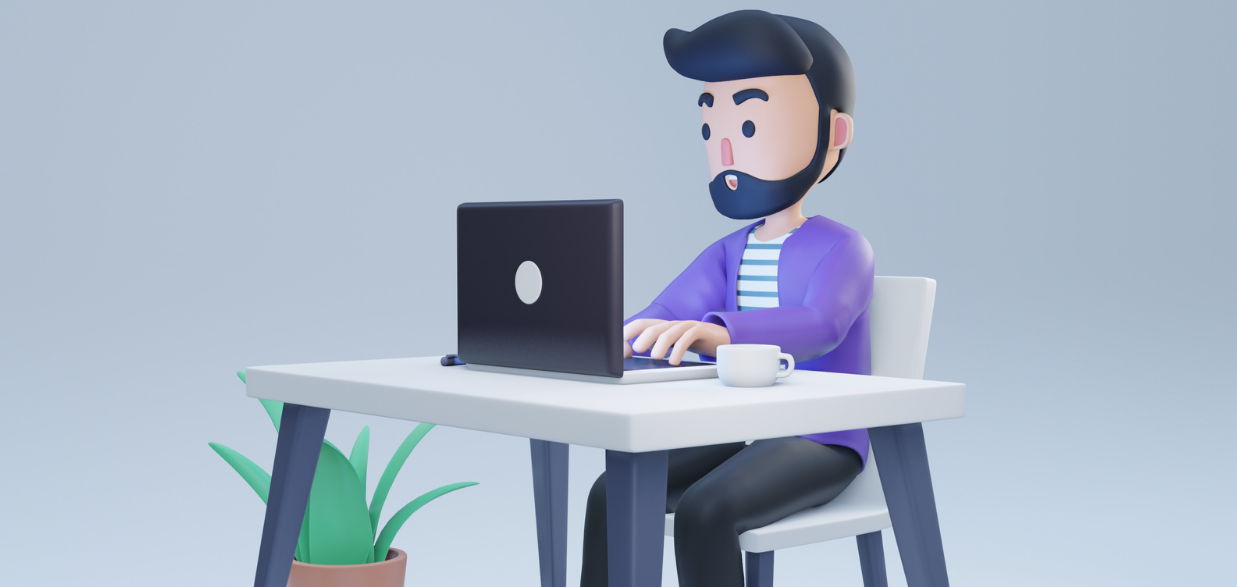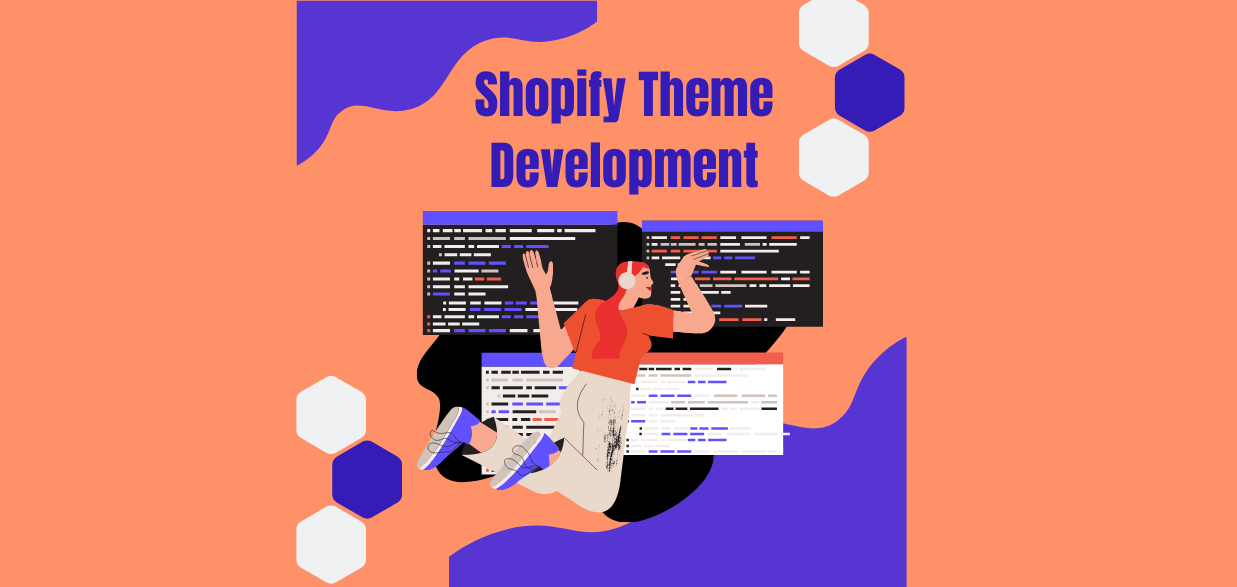How long does it take to become a Shopify Plus developer?
Becoming a Shopify Plus developer is a great career choice if you are interested in working at the intersection of commerce and technology. But, how long does it take to become a ?
There’s no one-size-fits-all answer because the time it takes to become a Shopify Plus developer depends on you, your goals, and your path.
What You Need to Do if You’re Starting From Scratch
Research the Shopify platform itself, including Liquid, HTML/CSS, and theme sections. From there, you can move on to learning about theme development and the Theme Store and its developer program. To finish up your understanding of Shopify’s ecosystem, you can then learn about both the Shopify API and the Graphql API.
How Much of Your Life Will do You Need to Commit to this?
You’re looking at six months to a year before you can build your first store. The time commitment is totally up to you, but if you start from scratch with no prior experience, be prepared to devote at least 20 hours per week. If you have previous programming experience in PHP or another programming language, it will be easier and faster.
The Practical Steps Involved in Becoming a Shopify Plus developer
Once you’ve familiarized yourself with the basics of Shopify, how to create a Shopify account, etc., it’s time to dig into the practical mechanics of becoming a developer. Here are some recommended steps:
Step 1 – Understand the Basics of the Shopify Platform
- Know how Shopify themes are structured.
- Learn what the Shopify Theme Store is.
- Become familiar with the difference between published and unpublished themes.
- Familiarize yourself with the Shopify theme store submission guidelines and the Shopify Partner Program.
Step 2 – Learn Liquid and HTML/CSS
While Liquid is a fairly easy language to learn, it’s still a programming language that requires some study. Knowing how to write HTML and CSS is a prerequisite for learning Liquid, as you can use both languages in your templates.
The liquid syntax works by using statements surrounded by curly brackets. Output tags display information on the page like product details or a customer’s name, whereas logic tags allow for conditional statements (where you can say if this, then do that). For example: {% if product.description == blank %}This description is left blank{% endif %} will check if the description section of the product is empty and return “this description is left blank” instead of displaying nothing. There are also output filters that let you manipulate output before it appears on the page – {{“a” | capitalize}} would make “a” appear as “A”.
One thing that makes Shopify unique is that it uses whitespace sensitivity in its template syntax, so make sure there are no spaces before any Liquid opening tags or after a closing one otherwise, they won’t work properly!
Step 3 – Learn About Theme Sections
After learning about Liquid, the next thing you need to learn about is theme sections. These sections allow you to modify your theme easily, non-technical way. You don’t need to know how to code or edit a file on your computer to make changes and add new content. Sections are where you do all that stuff.
There are two types of sections—global and local. Global sections can be found on every shop page, while local sections can only be found on one or a few pages. A global section can also be referred to as ‘site-wide’ sections, while local sections can also be referred to as ‘page-specific’ or just ‘page’ sections. The specific page(s) associated with a certain Local Section depends on what kind of section it is (for example, the footer section lives only in the footer).
Examples of global/site-wide Sections include Header, Footer, and Navigation (where your store’s products live). In contrast, examples of Local/Page Sections include Featured Products and Slideshow (which appear only on select landing pages).
Step 4 – Install a Local Development Environment on Your Computer
You need to install the Shopify Theme Gem and then use it to create a new theme, upload a theme to your store, or download a theme from your store. First, you need to install the Shopify Theme Gem. You can do this using RubyGems with the following command:
gem install shopify_theme
If you are using Bundler, add this line of code to your application’s Gemfile:
gem ‘shopify_theme’
The Shopify Theme Gem is used in conjunction with the command-line interface (CLI), so you can use various commands. For example, if you want to create a new theme, use:
shopify_theme new [path] [–password=yourstorepassword]
If you want to upload a theme that’s already been developed locally and stored in your computer’s file system, use:
shopify_theme upload [path] [–password=yourstorepassword] –tree=”assets config layout templates” –ignore=”.gitignore” –no-overwrite=false –allow-live-downloads
To download the latest version of an existing theme from your store back into your computer’s file system, run:
shopify_theme download [path] [–password=yourstorepassword] –tree=”assets config layout templates”
Step 5 – Start Building Your First Theme from Scratch
The first theme you build should be fairly simple. You might even take one of the currently available themes on the Shopify Theme Store and base your design on it. This will help you get used to how Shopify works and give you more examples to compare your site against when developing.
Shopify has also released a command-line tool called Slate, which helps significantly design your theme and get it uploaded to the Shopify store, so definitely check that out if you haven’t already. Slate is not a framework or boilerplate for creating new themes but rather a tool for managing, configuring, and deploying themes to your shop with ease.
Final words
Suppose your interest in Shopify is as a developer, and you’re wondering how long it might take to become one. In that case, the answer will depend to a certain extent on what you consider “Shopify work” and whether or not you have much previous experience and knowledge of basic coding. On the one hand, if you can design a site from scratch, know how to code, use Photoshop and have proficiency in HTML5, CSS3, etc., you’ll be able to put together some sites fairly quickly.


